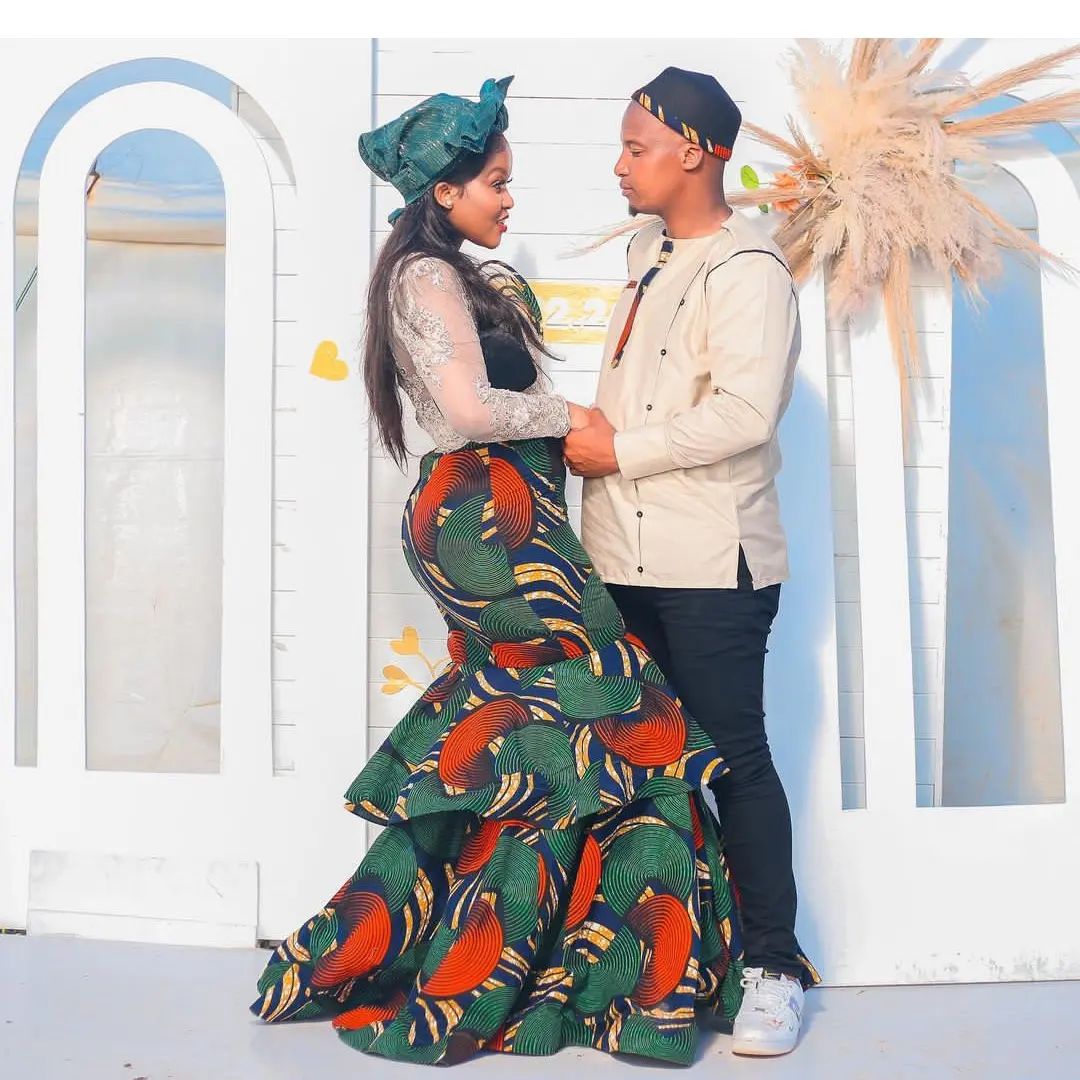African Chic: Kitenge Dresses Setting the Style Standard
African Chic: Kitenge Dresses Setting the Style Standard

In the vibrant tapestry of African fashion, Kitenge dresses stand out as timeless expressions of cultural heritage and contemporary style. Rooted in the rich traditions of the African continent, these garments have captivated hearts and minds for generations with their vibrant colors, intricate patterns, and versatile designs. From ceremonial occasions to everyday wear, Kitenge dresses embody the spirit of African culture and celebrate the diversity of its people. In this article, we embark on a journey through the captivating world of Kitenge dresses, exploring their history, significance, and enduring allure.
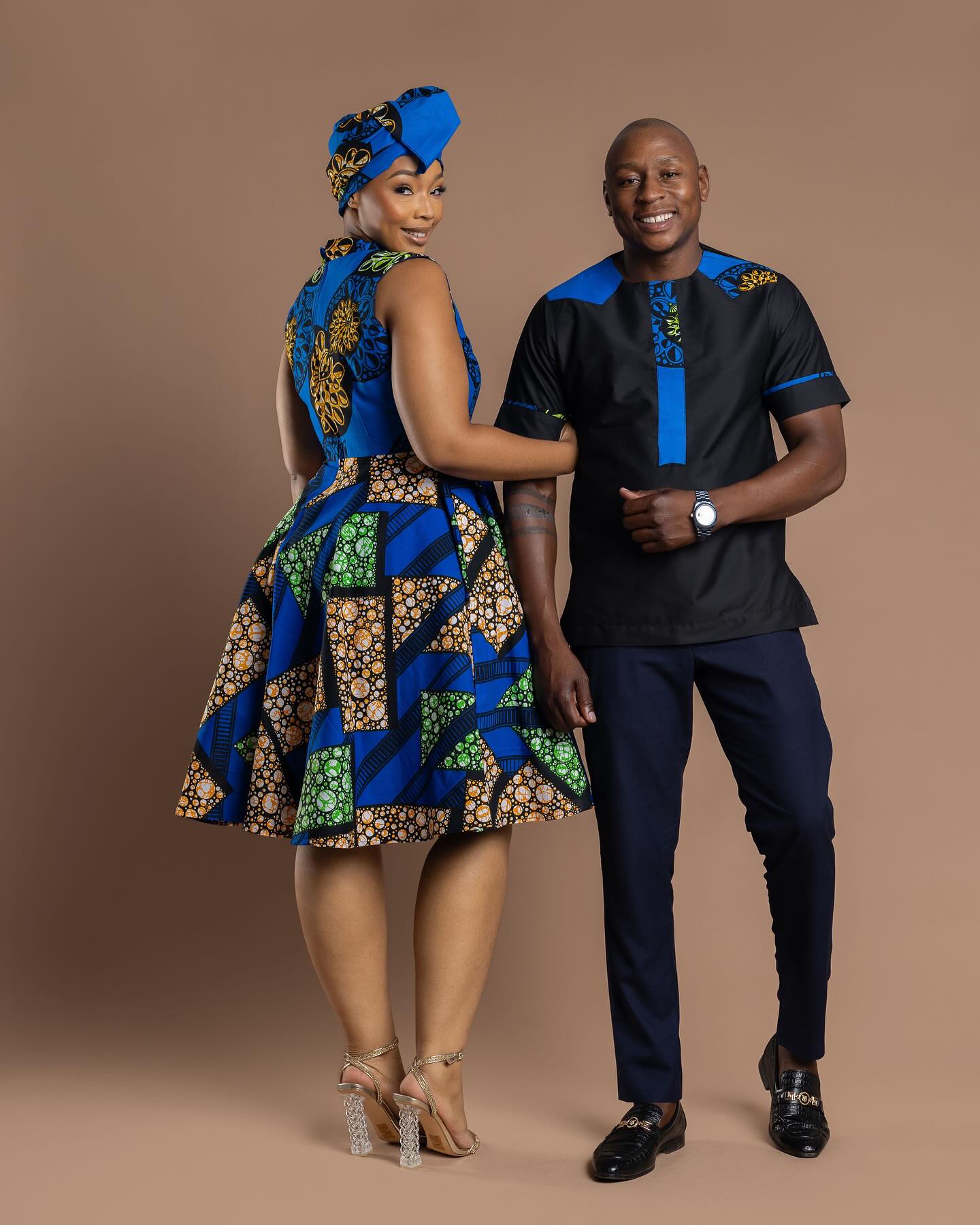

The history of Kitenge dresses can be traced back centuries, with roots in various African cultures and traditions. Originally, Kitenge fabric was hand-woven using traditional methods and natural dyes, with each pattern and design carrying deep cultural significance. Over time, Kitenge fabric became widely popular across the African continent, evolving into a symbol of cultural pride and identity. Today, Kitenge dresses are celebrated not only for their beauty but also for their connection to African heritage and tradition.
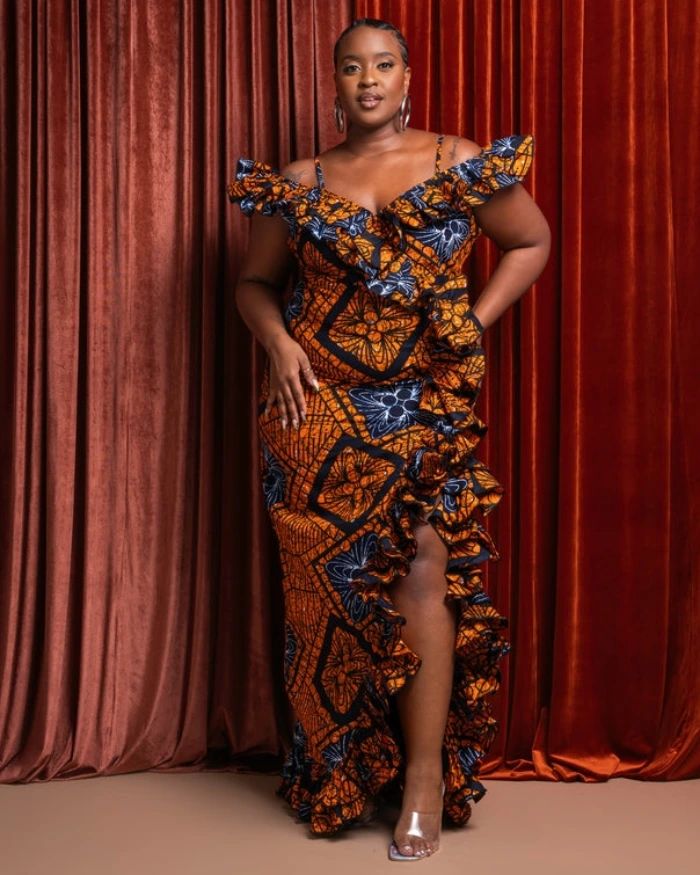
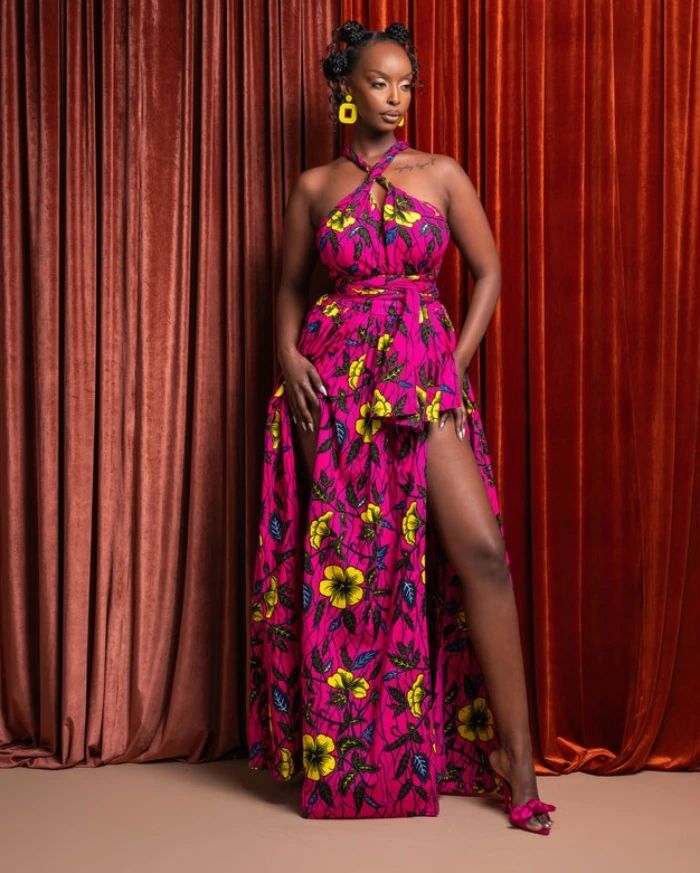
One of the defining features of Kitenge dresses is their versatility and adaptability to various occasions and settings. Whether worn as casual attire, formal wear, or ceremonial dress, Kitenge dresses exude elegance and style. The fabric’s vibrant colors and bold patterns make it a popular choice for weddings, festivals, and cultural events, where it adds a touch of glamour and flair to any occasion. Additionally, Kitenge dresses are increasingly making their mark on the global fashion scene, with designers incorporating Kitenge fabric into contemporary designs for runways and fashion shows worldwide.
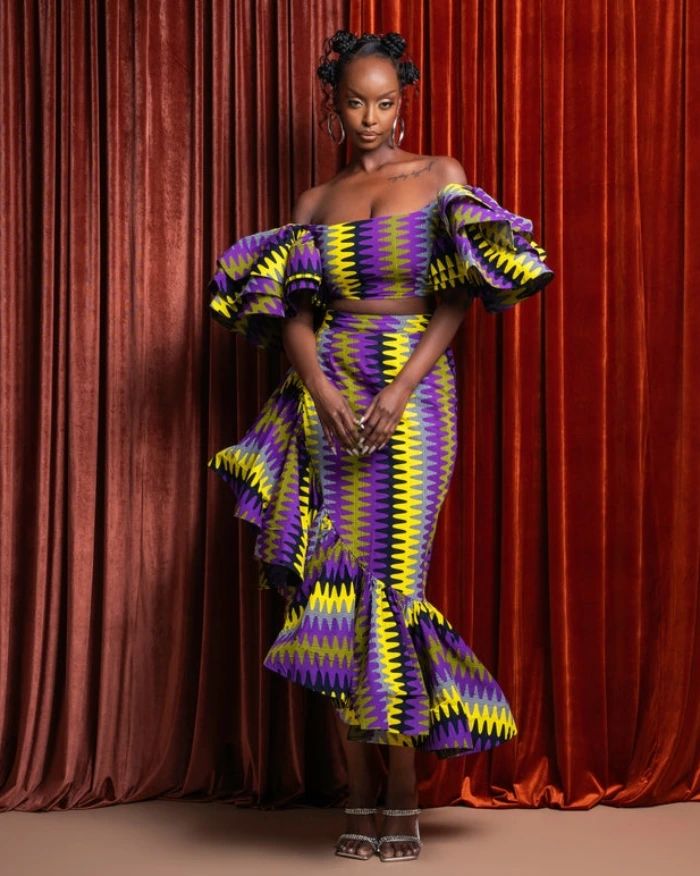

Kitenge dresses serve as powerful symbols of African culture and identity, reflecting the diversity and vibrancy of the continent’s people. Each Kitenge dress tells a story of heritage and tradition, with its patterns, colors, and motifs representing different cultural groups and regions. For many Africans, wearing a Kitenge dress is not just a fashion statement but a way to connect with their roots, celebrate their heritage, and express their cultural identity with pride.
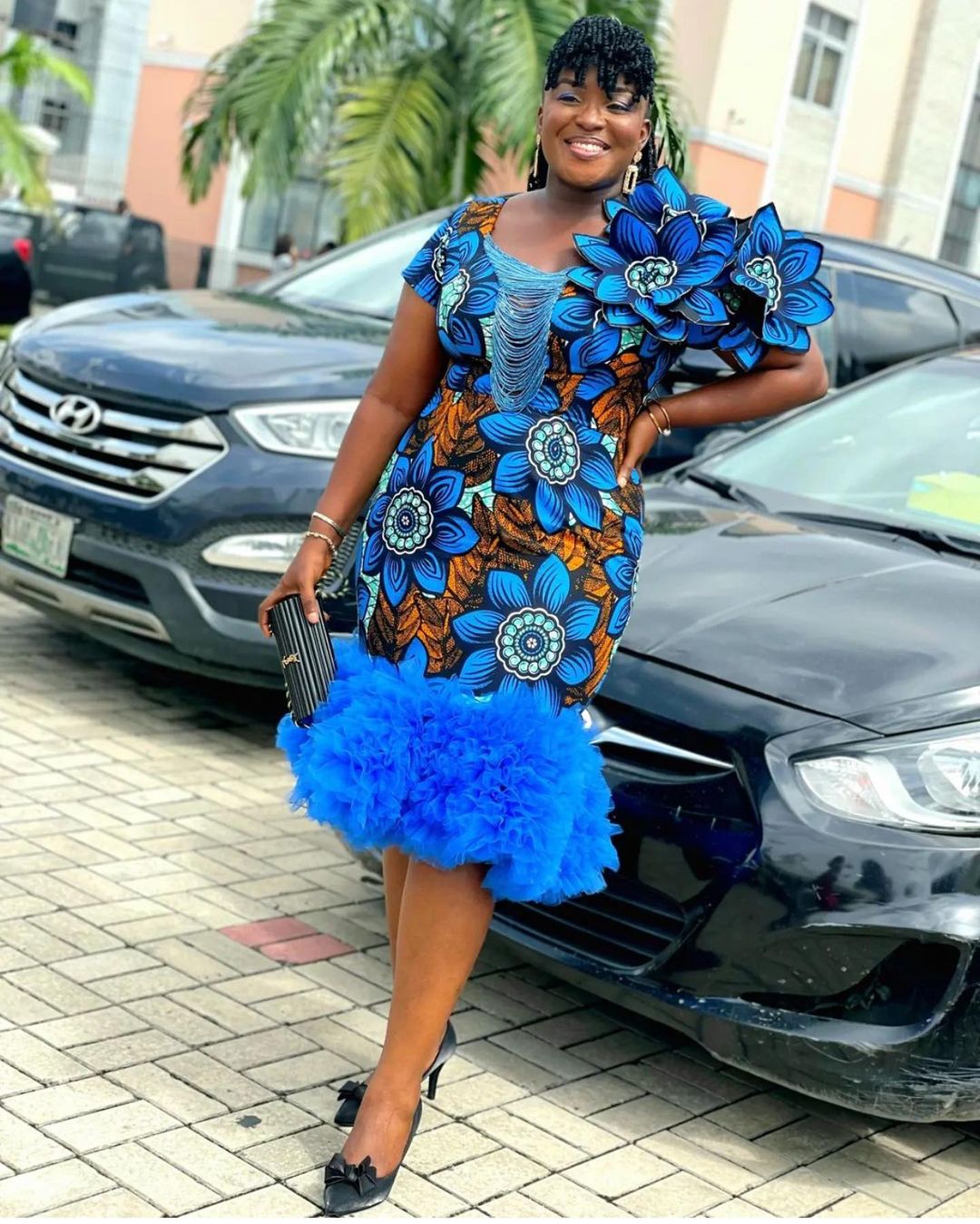

Beyond their cultural significance, Kitenge dresses play a crucial role in empowering local communities and supporting African artisans and designers. Many Kitenge fabrics are still produced using traditional methods by skilled craftsmen and women in rural areas, providing them with a source of income and preserving age-old techniques. By promoting the use of Kitenge fabric in fashion, designers and consumers alike contribute to the economic growth and sustainability of local communities, while also preserving the cultural heritage of African textiles.
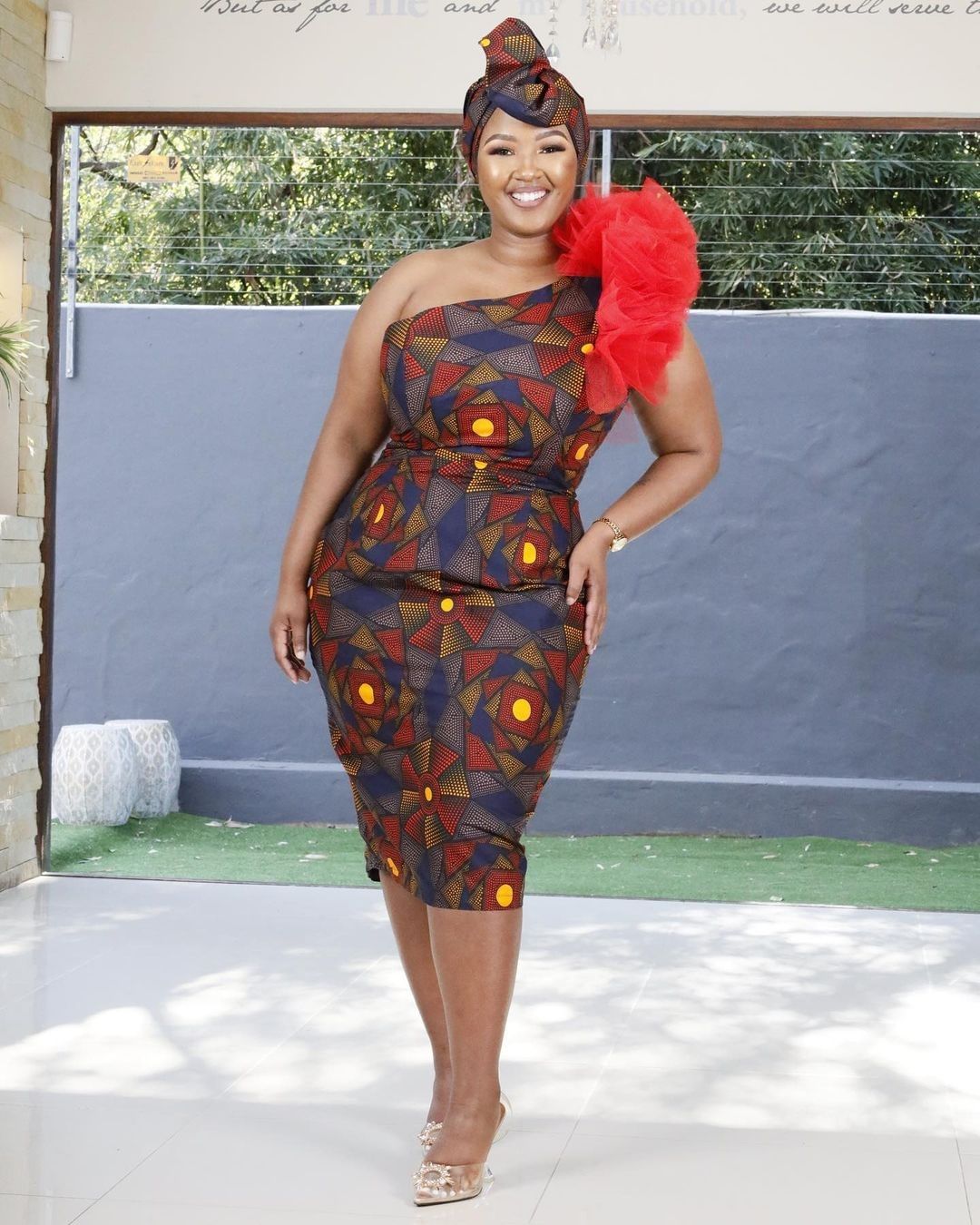
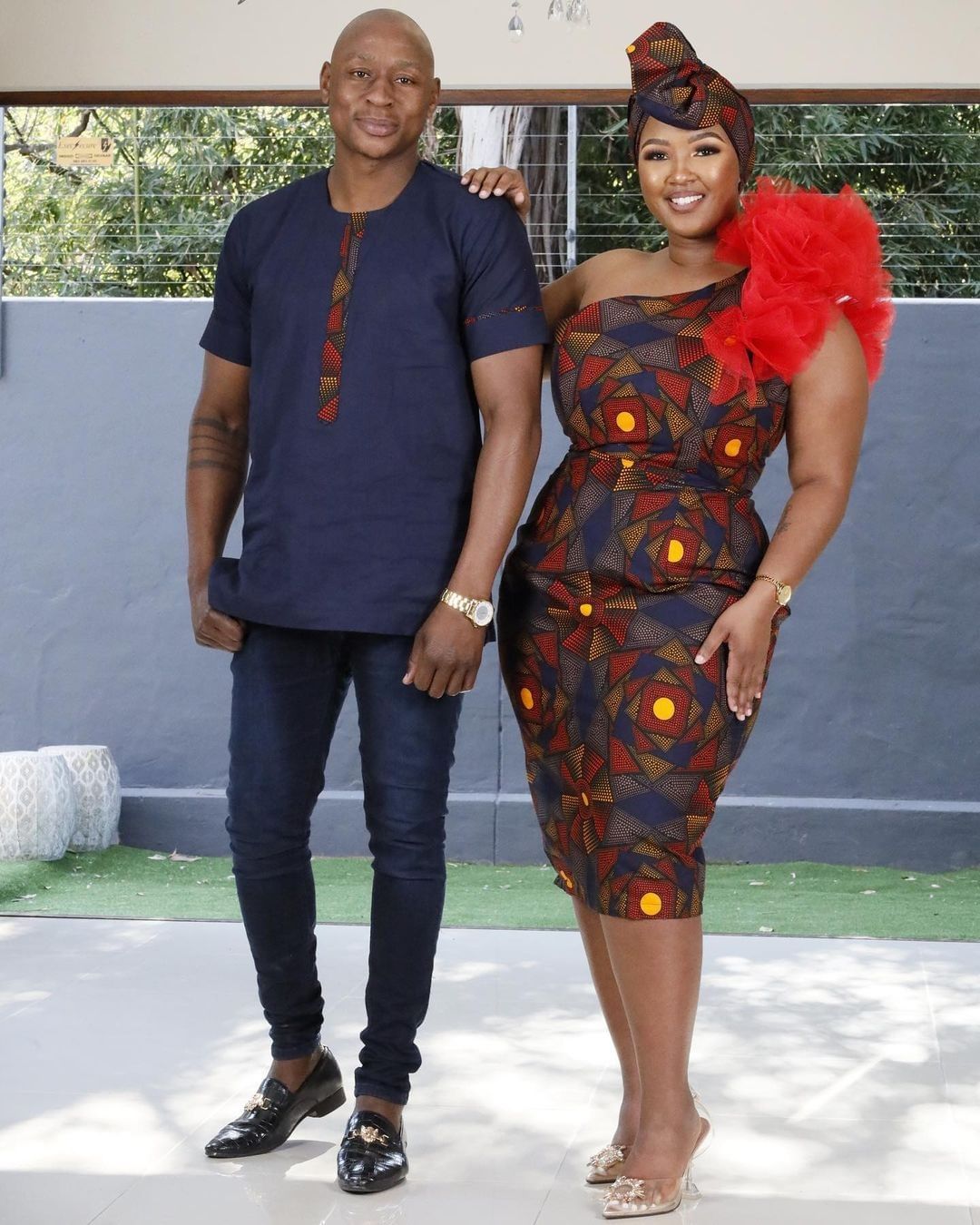
In recent years, Kitenge dresses have gained popularity beyond the borders of Africa, captivating audiences around the world with their unique aesthetic and cultural authenticity. Influencers, celebrities, and fashion enthusiasts from diverse backgrounds have embraced Kitenge dresses, incorporating them into their wardrobes and celebrating their beauty on social media platforms and fashion blogs. This global appreciation for Kitenge dresses not only fosters greater cultural exchange and understanding but also promotes African fashion on the international stage. 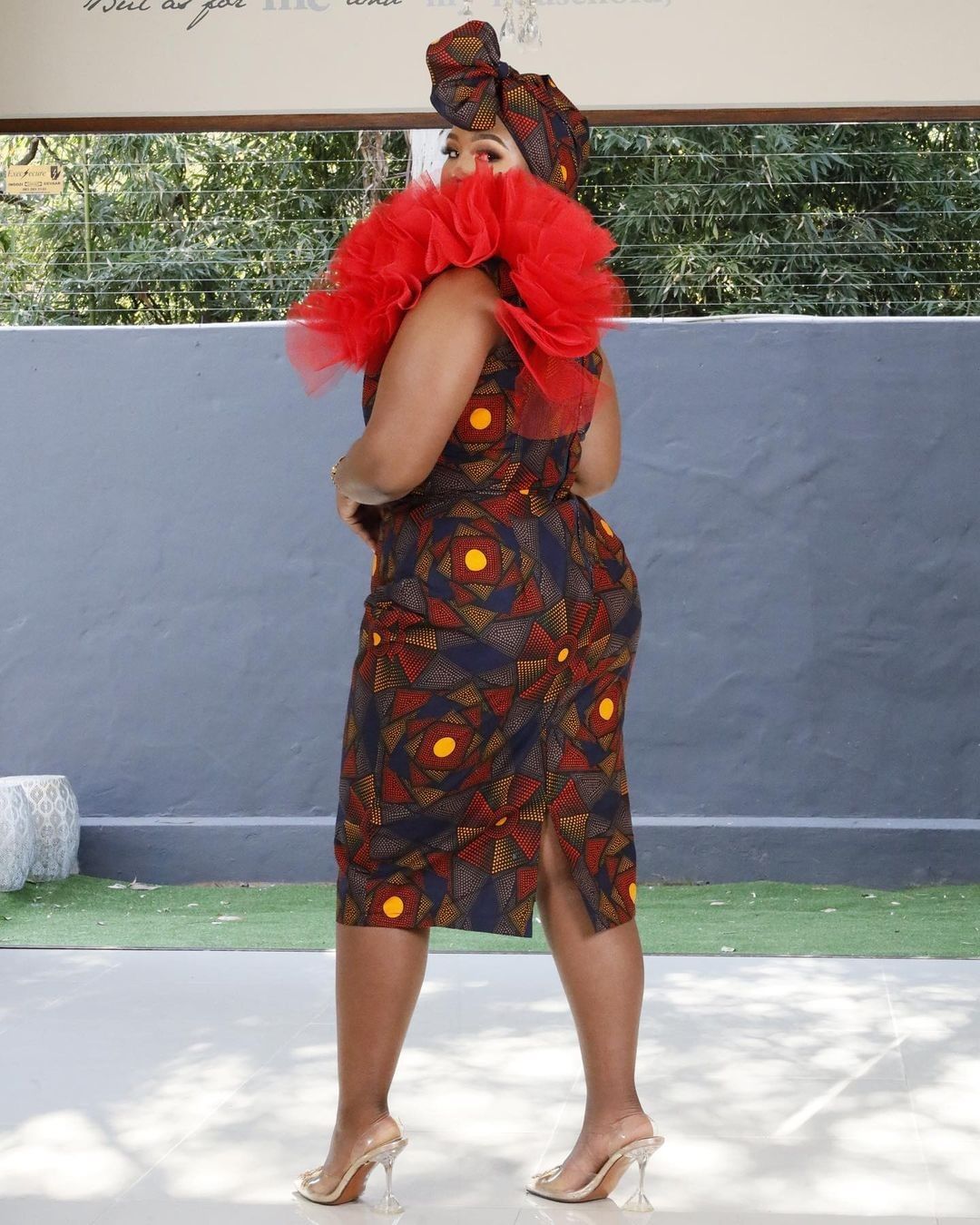
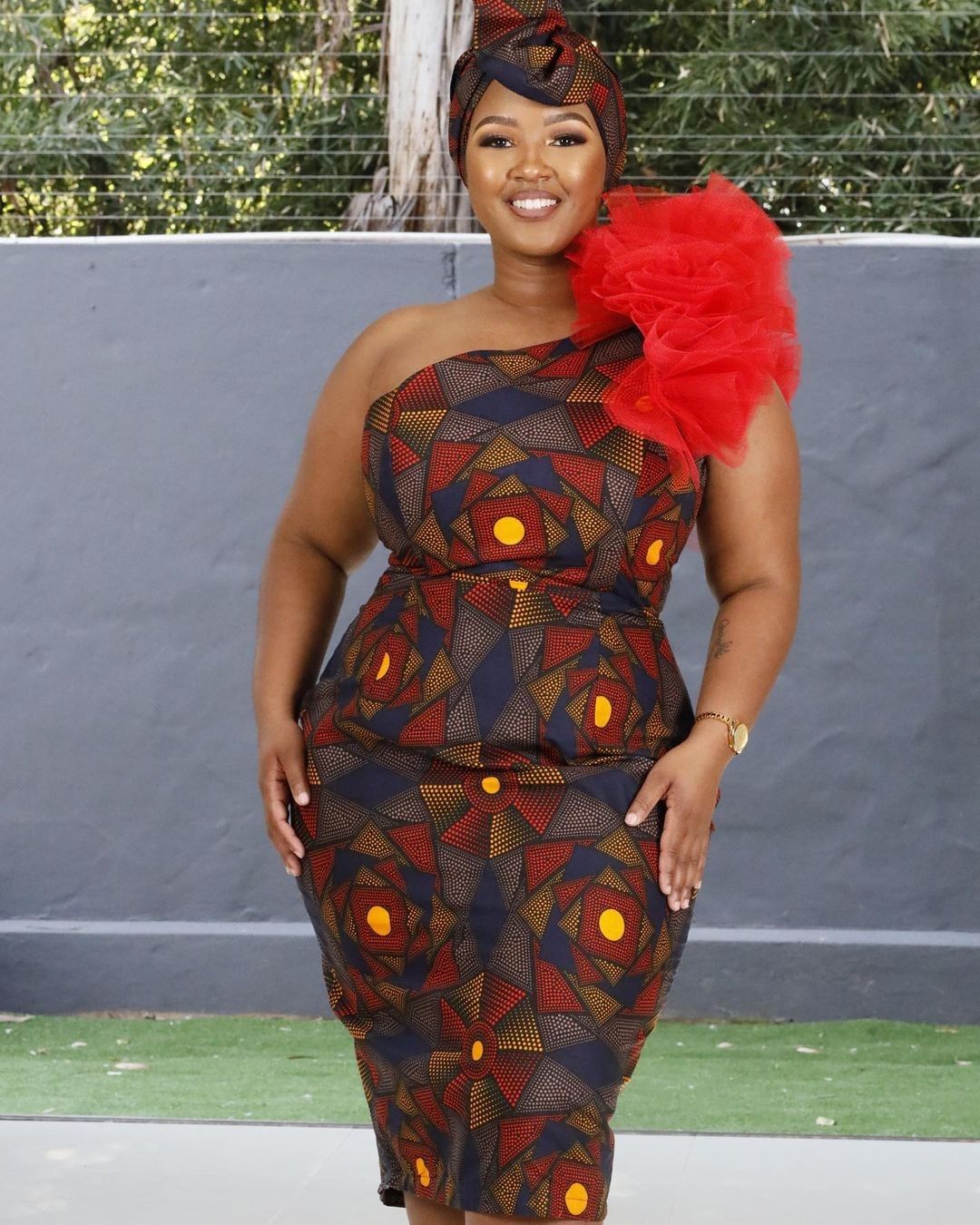
As we celebrate the enduring allure of Kitenge dress, we honor not only their beauty and craftsmanship but also their role in preserving African heritage and promoting cultural diversity. These garments serve as timeless symbols of tradition, identity, and empowerment, embodying the spirit of Africa and inspiring generations to come. In a world that is constantly evolving, Kitenge dresses stand as testaments to the resilience, creativity, and beauty of African fashion, reminding us of the rich tapestry of cultures that make our world so vibrant and diverse.
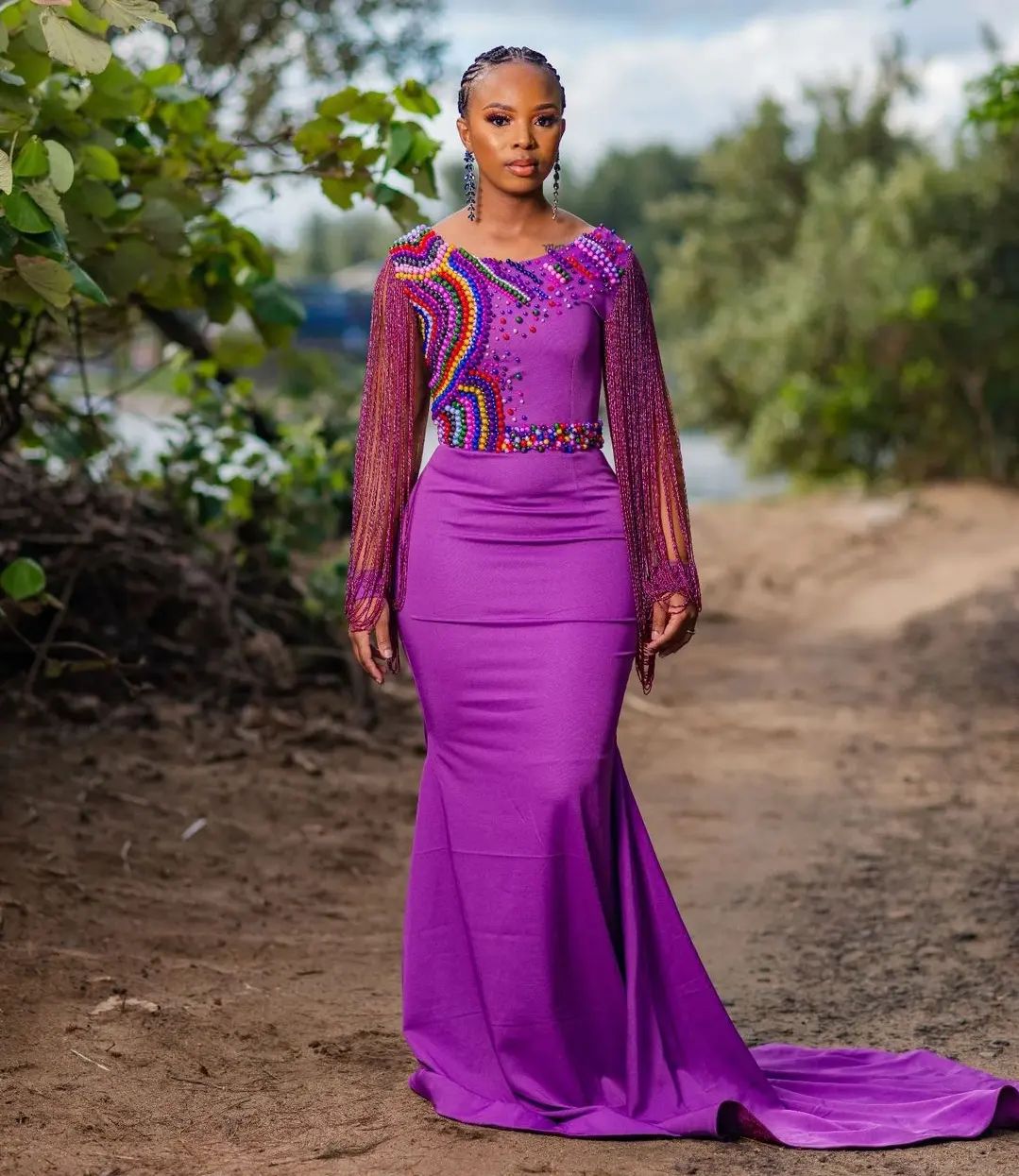
Fashion designers are constantly pushing the boundaries of creativity, experimenting with new silhouettes, embellishments, and styling techniques to reinvent the timeless elegance of Kitenge fabric. Yet, amidst these innovations, the essence of Kitenge dress remains unchanged – they are more than just garments; they are expressions of heritage, symbols of pride, and vehicles of cultural storytelling. As we continue to celebrate the beauty and significance of Kitenge dress, we honor the artisans, designers, and communities whose craftsmanship and creativity breathe life into these exquisite garments, ensuring that their legacy endures for generations to come.
